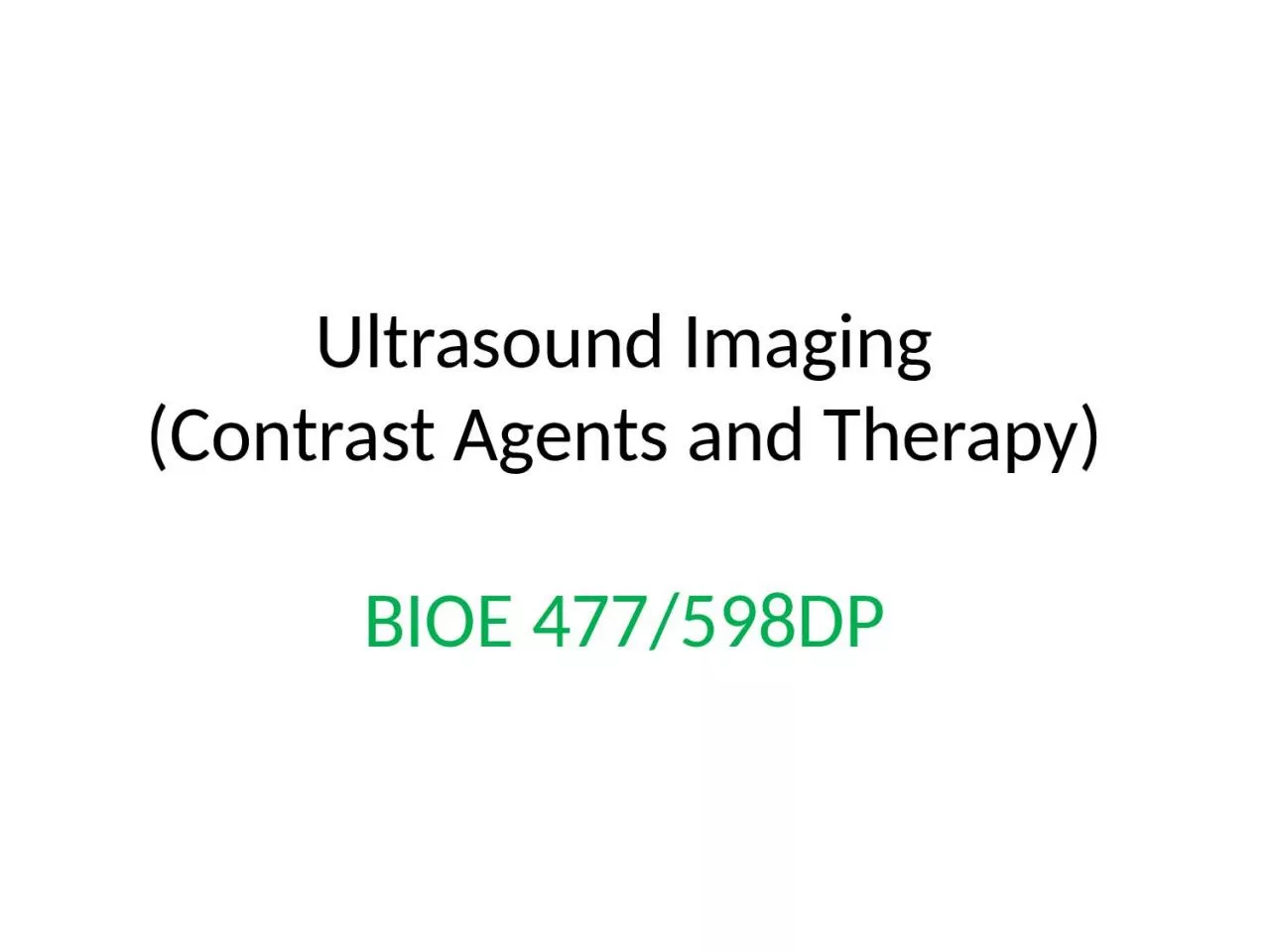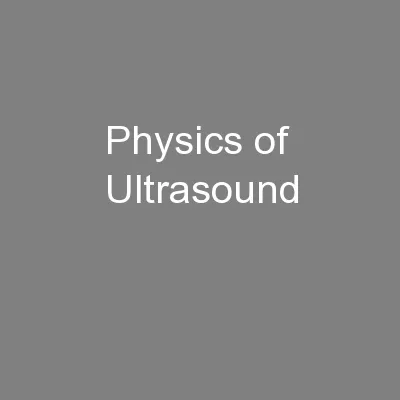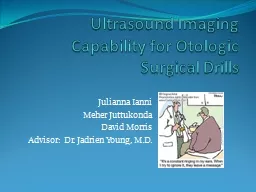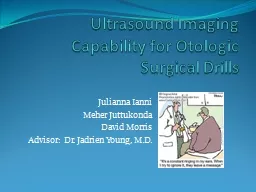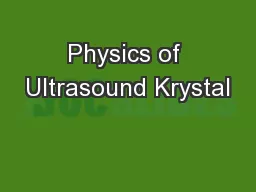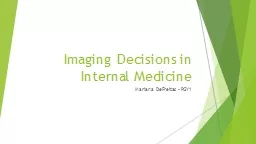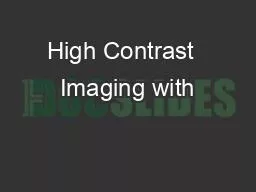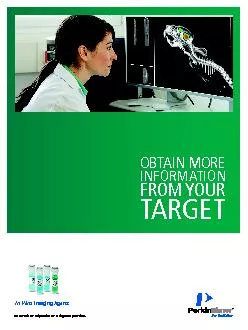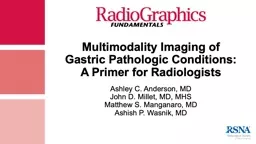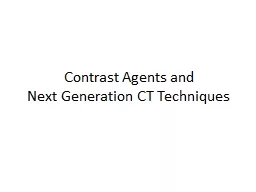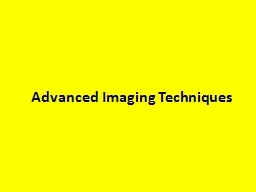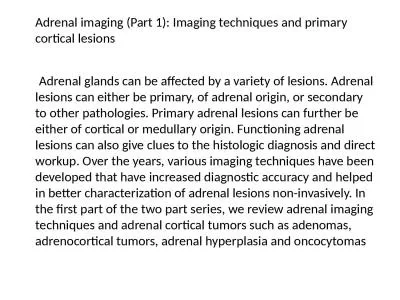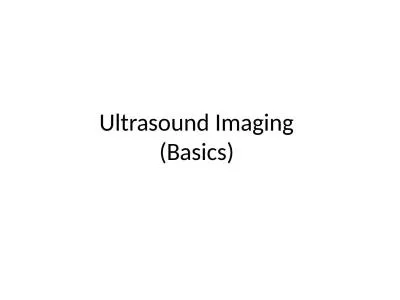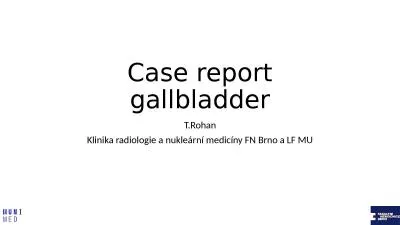PPT-Ultrasound Imaging (Contrast Agents and Therapy)
Author : berey | Published Date : 2023-09-06
BIOE 477598DP High echogenicity Low attenuation Low blood solubility Low diffusivity Ability to traverse pulmonary system Lack of biological effects in repeat exposures
Presentation Embed Code
Download Presentation
Download Presentation The PPT/PDF document "Ultrasound Imaging (Contrast Agents and ..." is the property of its rightful owner. Permission is granted to download and print the materials on this website for personal, non-commercial use only, and to display it on your personal computer provided you do not modify the materials and that you retain all copyright notices contained in the materials. By downloading content from our website, you accept the terms of this agreement.
Ultrasound Imaging (Contrast Agents and Therapy): Transcript
Download Rules Of Document
"Ultrasound Imaging (Contrast Agents and Therapy)"The content belongs to its owner. You may download and print it for personal use, without modification, and keep all copyright notices. By downloading, you agree to these terms.
Related Documents

